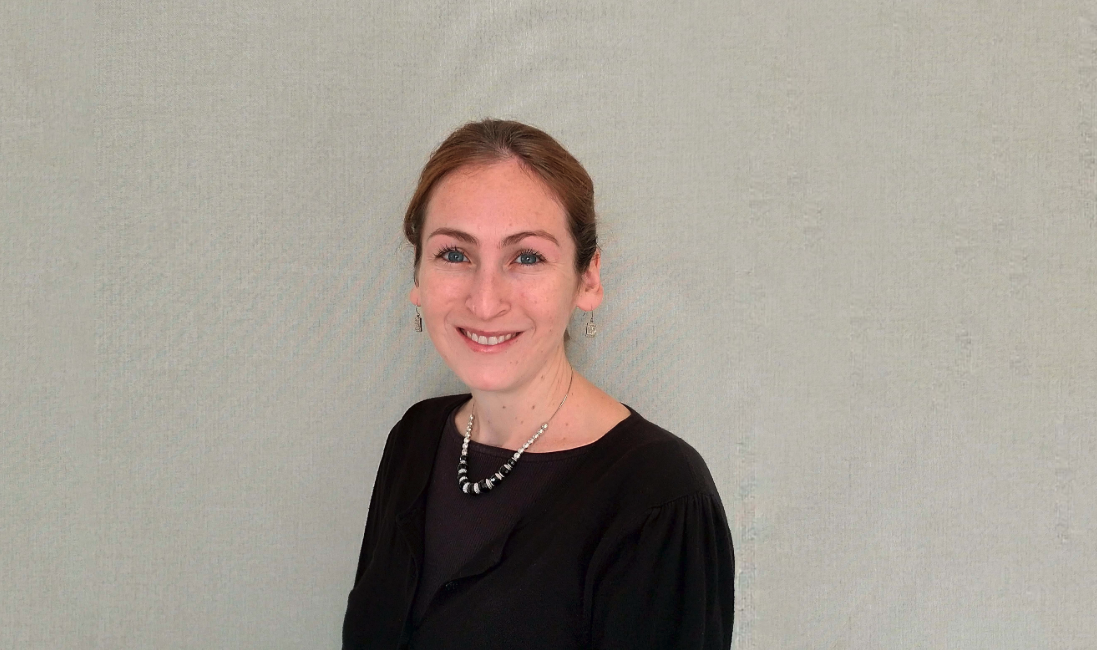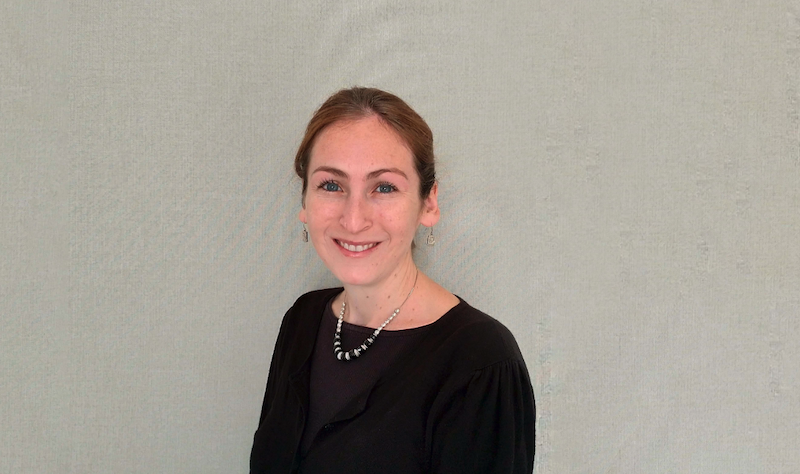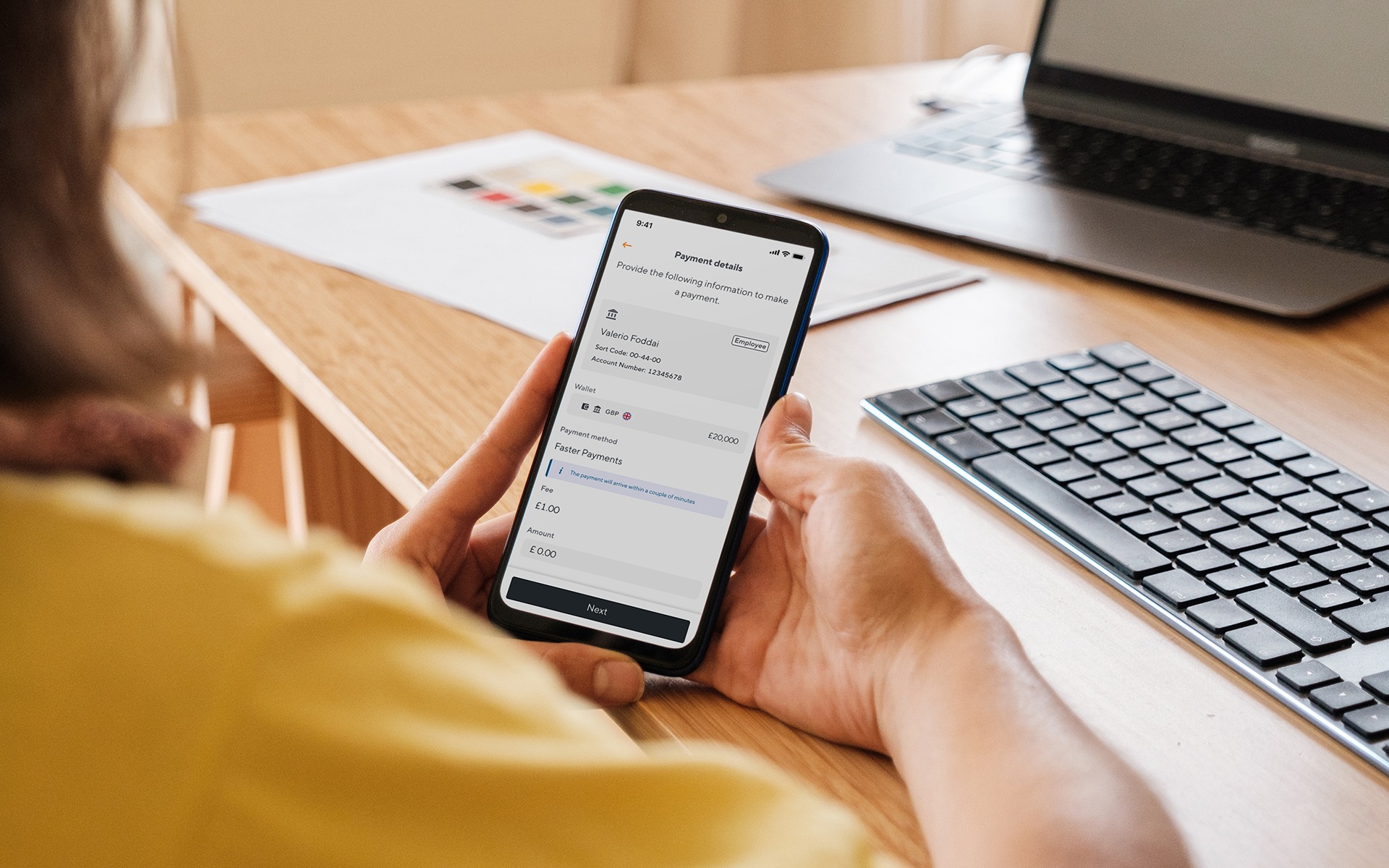Can fintech help the world’s 1.7BN unbanked? Dana Lunberry Talks Financial Inclusion
An Interview with Dana Lunberry
Dana holds an MSc degree in Gender, Development and Globalisation from the London School of Economics (LSE) and a BA in Interdisciplinary Studies with a focus on International Development from Wheaton College, USA. She spoke to prepaid card provider, Soldo about her research in digital financial services and financial inclusion. Her current research in the Department of Management at LSE explores the role and potential of fintech to improve Financial Inclusion. She has worked on a wide range of Financial Inclusion projects in Sub-Saharan Africa, Asia, Latin America and Eastern Europe and has lived in 7 countries.
Can we start with a definition of financial inclusion? It’s a term bandied about the industry but not necessarily with much clarity…
Sure. Financial inclusion means that people and businesses have access to useful and affordable financial products and services that are also relevant enough to meet their needs.
It’s not perfect, but in most definitions account ownership is the metric used to measure financial inclusion; that is, how many adults own a financial account with an institution in the formal sector, as opposed to the informal sector.
Today, 1.7 billion people worldwide are excluded from the formal financial system. They rely on informal ways to protect and manage their money and access credit. They may use door-to-door money lenders. They may hide their money under their mattress and borrow from family and friends. These informal methods can be considerably more expensive than formal financial services and they’re often unsafe and unreliable; after all, these activities go unregulated and are uninsured if things go wrong. If you have a fire in the house, you might lose your money – and of course it’s not protected by the Government so it’s a high risk for the individual. That’s why it’s so important to help people to use formal banking systems.
So is this a market failure? There is clearly plenty of demand for financial services.
It’s about markets but also cultures. Institutions historically have targeted people from whom they are going to see a return. So, going back hundreds of years, banks started with the most economically active people in society and then over time became more inclusive so that finally women and other minority groups and immigrants become banked.
The vast majority of unbanked are living in poor countries, communities that don’t have infrastructure, in rural areas, or in places where reservations about the role of e.g. women still keeps them beyond being entitled to their own financial responsibility. There are all sorts of cultural and socio-economic reasons why people are excluded.
In each country’s own context there will be many factors, too. Sometimes it can simply be that people have had bad experiences with financial institutions. If you’re in a society where you’ve been discriminated against and you’re used to being left out of the design of products and services, then of course those products and services are probably not going to fit your needs. You won’t trust the institutions.
Then there are e.g. rural populations who are excluded based just on location – the institutions simply don’t exist, and even if they do appear, you’re not really sure if you can trust them. The factors are many, complex and not homogenous across areas or populations.
While 1.7 billion people remain financially excluded today, we’ve seen substantial progress in the last decade in expanding financial inclusion. Around 2010-2011, account ownership was about half the adult population worldwide. We’re now up to 69% of adults who own a formal financial account. And a main reason for this is the growing popularity of digital technologies.
In industry discourse, financial inclusion and digital inclusion seem to be commonly associated. Does digital inclusion affect financial inclusion?
Digital inclusion can both encompass financial inclusion and go beyond it. I think that when it comes to trying to empower people, we can give them many benefits by giving them digital access. When you’re connected digitally, you’re connected to your community in new ways. You become connected to new or better opportunities, e.g. expanding your business or network in local or global markets. You have more of a voice when it comes to advocacy. It goes beyond just getting financial accounts. Many development agencies see digital as a way to open new doors, and not just financially.
While 1.7 billion people remain financially excluded today, we’ve seen substantial progress in the last decade in expanding financial inclusion. Around 2010-2011, account ownership was about half the adult population worldwide. Based on the latest Findex report from 2017, we’re now up to 69% of adults who own a formal financial account. And a main reason for this, for which there’s a fairly broad consensus, is the growing popularity of digital technologies. In every country, people are adopting mobile phones and other digital devices. These can provide a gateway to financial access. Instead of visiting a bank branch, people can use their phone to access financial services from the convenience of their home or neighbourhood – a particularly important option for remote areas.
In developing countries, much credit has been given to mobile money systems, such as M-Pesa which was developed in Kenya 15 years ago. These systems offer people a mobile account that is linked to their phone number and is provided by a mobile network operator. Local shops can help customers load money onto their mobile account or withdraw their money for a small fee.
Digital can certainly be a powerful tool for reaching traditionally excluded groups of people. One study in Kenya found that when women, who were single parents, had mobile money accounts, their savings rose and poverty dropped. Mobile money helped thousands of these women leave precarious agricultural jobs for more reliable, higher paid work. This had a positive impact on their families and their quality of life.
We are also seeing more and more financial institutions that serve underbanked communities introduce and use digital tools. They’re using voice-based technology solutions for customers with low literacy and mobile banking applications that are compatible with both smartphones and basic phones for customers without internet connectivity (smartphone penetration in developing countries is still less than 30%).
In fact, of today’s 1.7BN financially excluded, about half a billion have internet access. There is amazing potential for institutions to develop financial services that are tailored to meet the specific needs of this market and to do so responsibly and sustainably. Soon there will be no excuse that certain populations are just too remote or expensive to serve.
All that said, it’s easy to forget the most marginalised. When mobile banking is introduced to an area or territory, it primarily serves the needs and abilities of early adopters – often young men living in urban centres. It’s the women, older men and people with low levels of literacy who get left behind. A lot of work has to be done to make up that gap.
And plenty of people don’t really trust digital tools, right? Silicon Valley is really good at presenting tech as the answer to everything, but for many people it’s just not their thing.
Absolutely. If I had few resources, why would I trust a phone to keep those precious resources safe? I want to see it in my hand; I want to make sure it’s there. I don’t want to have to trust a device that my child might run off with.
These are the types of people that are getting left behind; and to drive adoption institutions must become very intensive when it comes to the human element. It’s not about introducing a new technology, product or service digitally; but rather what kind of support system will go around that introduction. Humans are great in solving complex issues, handling concerns, gently troubleshooting to help people and making sure that a relationship remains strong. I think people are still at the heart of the design of inclusive systems.
For example, in one of my recent projects with a financial institution in Ghana, men were rapidly adopting a new digital tool, but women were not. So we conducted research and found that a certain type of relationship had to be built up for women to feel comfortable and confident in using the digital tool. They wanted to ask questions. If you don’t create the right atmosphere, anyone with any sort of hesitation or concerns won’t bother.
It’s also worth noting that with fewer women working in technology, it may be unsurprising that many technologies, including voice assistants like Siri and Alexa, have been found to work less effectively for women compared to men due to biases found in their development processes.
You’ve lived in several countries. How is the UK performing in financial inclusion and fairness?
The UK has a high rate of financial inclusion at 98-99% yet the number of unbanked people in the UK remains at just over a million people.
We have relatively favourable regulations for both fintech and financial inclusion. There are regulations in place to ensure that unbanked populations have access to basic bank accounts without fees. There are also anti-discriminatory regulations that many countries in the world still lack, such as regulations against gender discrimination.
So why are there people without financial access in the UK?
Well, the unbanked in the UK are most likely to be 18-24 year olds and/or the unemployed. Financial products and services in the UK, just like everywhere else, may not always be designed for these populations, making these services unfavourable to them. Having money in an account, for instance, may mean for some people they that lose a sense of control over it. Over time, it’s often easy to lose track of when money goes in and out of your account, especially when payments take hours or even days to process. Having physical money can be easier to manage, especially for people with fewer resources. With physical cash sitting at home, you don’t have to think about digital fraud, or whether you’ll be hit with unexpected withdrawals or fees.
People may have also had bad experiences with banks, or found the processes of opening an account difficult or cumbersome. That has changed with challenger banks like Starling and Monzo, but of course these are digital banks whose customers have smartphones and internet access – which are not yet ubiquitous.
When it comes to culture, it can be difficult to tease out what is cultural against the socioeconomic, political, and legal challenges that marginalised people face. Some women and girls, for instance, might believe that banks are not on their side and can’t be trusted, and that digital technologies are not for them. And they may have very good reasons backing these beliefs. Many people have experienced gender discrimination from institutions and from their community and families. Findings from various studies have pointed to the harm that can often be done if financial inclusion isn’t approached responsibly and with adequate support systems in place. Too many times, people have become over indebted and trapped in poverty because of irresponsible lending. Having access to credit or to a bank account isn’t enough and doesn’t ensure equality or fairness.
Financial awareness and education can also play an important role. People need to know how best to store and invest their money so that they keep up with inflation and ideally even make a return. They also need more transparency around terms and conditions, and the T&Cs to be communicated in clear ways that remove bank jargon and do the calculations upfront for the consumer.
Even when the fees are communicated it may take a mental toll to constantly strategize how you’ll manage money so that you incur fewer fees. Studies on scarcity have shown that people with fewer resources effectively pay a higher ‘tax’ to participate in financial services – ironically, because of how the system plays out, the net effect is that this higher tax on the poor helps subsidize what we in the UK call “free bank accounts”.
Many fintechs are doing a great job at designing products and services which are more convenient than traditional institutions. Time will tell whether they will succeed. Fintechs that want to further financial inclusion must consider building device-agnostic solutions, and also build for people who have low literacy and may share a device instead of owning their own.
As a subject matter expert in financial inclusion, has anything made you think completely differently?
The Ghana example is interesting because they are in the throes of a banking crisis – in the past year many banks have lost their licenses, and the whole financial system is in question. Society is fearful of banking.
I was part of a team that launched an interactive voice response (IVR) messaging campaign; push messages that went to customers of a Ghanaian Savings and Loans company. The messages simply talked about the financial institution and encouraged people to save. They served as a reassurance to the customer. To have a voice message from someone ostensibly at Head Office encouraging you to save a little money and think about your future was perceived very positively. We had clients say “I had no idea that the bank cared about me”!
Hang on, the sort of recorded message that we would consider to be first-class spam?
Yes, exactly. But this is a great example of an institution that was doing voice messaging responsibly. It was a little financial education, a little awareness and also some tips on setting up mobile banking. In the UK, this would drive you nuts! But they were trying to be educational and it was very context specific because of the banking crisis.
What role can fintechs play in improving financial inclusion?
Many fintechs are doing a great job at designing products and services which are more convenient than traditional institutions. They can introduce entirely new products and new business models that take advantage of mobile and online platforms and customer data in ways we’ve never seen before.
We’re also seeing financial services that are more integrated into peoples’ everyday lives. The Kenya model (M-Pesa) helped digitalize existing patterns of behavior starting with remittances. And China’s Alipay and WeChat Pay provide enhanced convenience to the consumer by consolidating various types of services in one location. Fintechs can continue to help the industry accelerate the move of financial services to becoming faster, cheaper, and more convenient.
Time will tell whether they will succeed. Up to now, fintech companies working in poorer regions of the world have largely focused on middle income populations. And I say this because very few fintechs are designing solutions for last mile customers – women, low-income individuals, rural populations, people with disabilities, and people living in refugee camps.
Fintechs that want to further financial inclusion must consider building device-agnostic solutions, and also build for people who have low literacy and may share a device instead of owning their own. We’re finding that many women in South Asia and certain countries in Sub-Saharan Africa for instance use their husband’s phone or the phone of a friend. Therefore, fintechs should consider how to interact with these groups of people, being sensitive to what financial transactions and information they can deliver over the phone and how.
This interview is part of a series by Soldo, the prepaid company card solution that makes your expense accounting simple. You can read more interviews from Soldo’s interview series here.








